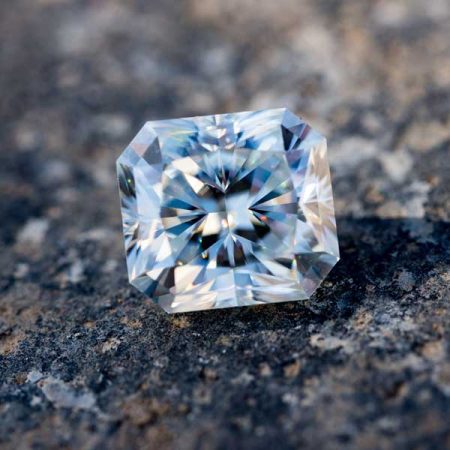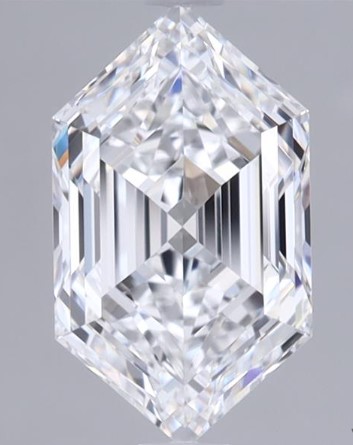Today’s article will be discussing the very bright and brilliant future of lab-grown diamonds. Diamonds have been an essential part of engagement rings, wedding rings, and fine custom jewelry for generations. Often cherished as symbols of love, status, and eternity, like sapphires, diamonds are often the centerpiece of famous jewelry pieces worn by celebrities and royalty around the globe.
A whole new world for diamond engagement rings
The diamond industry has long relied on mining natural diamonds, which undergo a lengthy growth process spanning millions of years. However, recent technological advancements and a growing emphasis on sustainability and ethics have paved the way for a new player in the market: lab-grown diamonds. These diamonds are cultivated in controlled laboratory environments, offering a host of advantages that are reshaping the future of the diamond engagement ring industry.
What are Lab-Grown Diamonds?
Lab-grown diamonds, also known as lab diamonds for short, are created through a process that mimics the natural conditions in which natural diamonds would be formed in the earth. This is often done by subjecting carbon or even a tiny piece of a natural diamond to high heat and high pressure inside of a chamber. The main methods for creating lab-grown diamonds are known as CVD (chemical vapor deposition) and HPHT (high pressure and high temperature).
Lab-Grown Diamond Popularity
Recently, lab-grown diamonds have gained a lot of popularity in the engagement ring market. This can be attributed to a number of important factors. One factor is affordability. Due to the fact that lab-grown diamonds can be upwards of 40% less than natural diamonds, buyers can often afford a larger diamond for their budget without sacrificing other important factors such as cut quality, clarity, and color.
Secondly, lab-grown diamonds are regarded as a potential sustainable choice. Lab-grown diamonds tend to have a reasonable ecological footprint and can be produced with greater transparency and traceability. It should also be noted, however, that modern processes of mining natural diamonds aim to be as environmentally friendly as possible, and we take special care to only work with diamond dealers who adhere to strict conflict-free policies. This appeals to consumers who prioritize environmentally and socially responsible choices. Another factor impacting the positive future of lab-grown diamonds is the increasing popularity of a variety of influencers and celebrities who have chosen lab-grown diamonds for their engagement rings and jewelry pieces.
Why choose Lab-Grown Diamonds
Lab-grown diamonds offer a few potential advantages when shopping for your engagement ring. Due to their cost effectiveness, you can often afford a significantly larger diamond for a given budget. Further, a given budget can often lead to a much higher clarity or color rating. As an example, many lab-grown diamonds we have found for clients are in the DEF (colorless) range, with clarity ratings of VS2 and up.
Lab-grown diamonds also offer design flexibility. Their availability in various shapes, sizes, and colors allows jewelry designers to explore innovative and creative designs. Whether it’s a classic solitaire engagement ring or a unique statement piece, lab-grown diamonds provide endless possibilities for customization. For a recent custom engagement ring, we did feature a special custom-cut hexagonal lab-grown diamond, which turned out magnificently.
The Future Outlook
The future of lab-grown diamonds looks promising. As technology continues to advance, the production of lab-grown diamonds is becoming more efficient. This increased efficiency will likely result in increasing access to interesting diamond shapes, suiting a wide range of engagement ring styles.
Additionally, consumer awareness and demand for sustainable and ethical products are on the rise. Lab-grown diamonds align with these values, positioning them as a popular choice for young jewelry lovers. As more consumers seek out environmentally friendly and socially responsible options, the demand for lab-grown diamonds is expected to grow.
Furthermore, advancements in diamond-growing technology have also led to advancements in other industries which require such things as diamond-coated blades and hardware. For this reason, such fields as medicine and manufacturing have benefited from the creation of lab-grown diamonds.
Conclusion
We hope you have enjoyed this article on the future of lab-grown diamonds. For more information on diamonds, be sure to check out our diamond education page as well as other blog articles.
When the time comes to find your perfect engagement ring or custom jewelry piece, be sure to get in touch!


